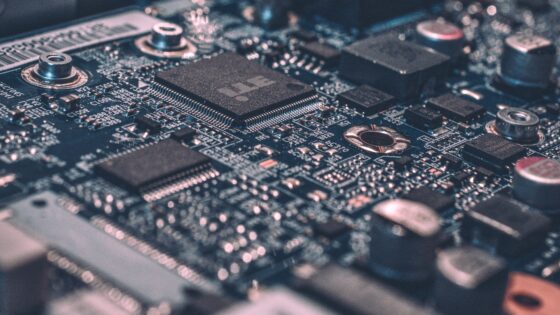Smartphones have great built-in cameras nowadays, and if a person finds that they have a hankering to learn about photography, that smartphone is a great place to start and solid, basic skills can be mastered without needing to spend thousands of dollars on a brand-new D-SLR which will probably be far too much for a beginner to handle. Many budding photographers or hobbyists make the mistake of thinking that the purchase of an expensive D-SLR camera will guarantee that great photos are taken. This is simply untrue; when a person knows what they’re doing, they can take professional quality photos with the most basic of equipment, including pre-2007 camera-equipped mobile phones. I myself actually had the rather unpleasant experience of having my photo taken by a “photographer” who used a camera that cost him more than $5,000; the result was a blurry, overexposed photo where half of my face was missing, and shadows fell across my face highlighting my “acne”. This is strange because I have clear skin! So, the best place to learn the basics of good photography is with your smartphone. Here are some practical tips to get you building your skills.
Practice taking photos with your hand as still as possible. While this may not be as much of an issue with smartphone cameras, the natural tendency when new photographers take a photo is to slightly move their arm down when pressing their finger down on the shutter button. Simply by holding the camera still, you’ll be improving your photography 100% by eliminating blur.
Take photographs in good light. Early in the morning and late in the evening are the best times to take a few snaps; the light is phenomenal and will turn regular photos into great ones. Good light will make ALL people – no exceptions – photogenic.
Learn about composition. A bad photograph to which several artistic filters have been applied is still a bad photo. For example, when taking a picture of a friend, make sure that there aren’t distracting elements in the frame, such as a tree in the background appearing as though it’s growing out of the back of her head, and if taking a full-body shot, remove things like wastebaskets, papers, or anything unsightly from the scene.
Don’t rely on the technical aspects of your camera. By going out and practicing every day and taking an enormous amount of photos, you will develop “an eye” for good photos; be observant and rely on this sense to take nice photographs because your camera can’t do that for you.
Don’t rely on filters. As the saying goes, using filters on a bad photo is like putting lipstick on a pig. Concentrate more on getting a good photo “raw” by focusing on good light sources, good composition, and keeping a steady hand. If you’re wanting to be a photojournalist, almost all photographs need to be submitted in raw format with no filters applied for journalistic integrity.
Practice, practice, practice. Like mathematics, photography is a skill that is developed with practice. Always have your smartphone ready for photography and take as many photos as you can in as many situations as possible. As most professional photographers will state, the only truly bad photo is the one you didn’t get to take.































